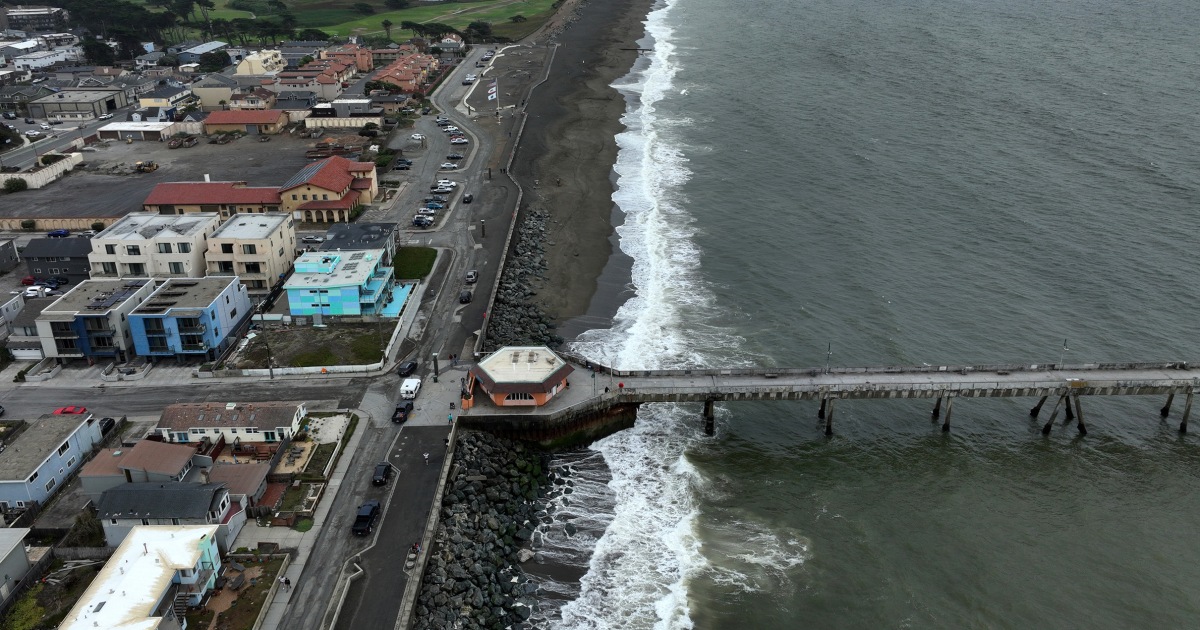What Happened
On July 30, 2025, a significant earthquake with a magnitude of 8.8 struck off the Kamchatka peninsula in Russia, generating tsunami warnings across the Pacific, including Hawaii, California, and Washington state. Initial reports from the U.S. Geological Survey (USGS) estimated the earthquake’s magnitude at 8.0, but this was later revised to 8.8, indicating a more substantial release of energy than initially assessed. The earthquake triggered a tsunami that traveled rapidly across the ocean, prompting emergency responses and evacuations in various coastal areas.
When the tsunami waves reached the U.S. West Coast, they did not cause the anticipated devastation. Reports indicated that the waves were significantly smaller than feared, measuring around 5 feet in Hawaii and similar or less in California. Although the tsunami did result in some flooding, it was not as catastrophic as earlier warnings had suggested, leading to discussions about the effectiveness of tsunami forecasting and public perception of tsunami risks.
Key Details
- Earthquake Magnitude: Initially reported as 8.0, later confirmed at 8.8.
- Location: Off the Kamchatka peninsula, Russia.
- Tsunami Wave Heights: Estimated at approximately 2 meters (6.5 feet) for Hawaii, but actual measurements were around 1.5 meters (5 feet).
- Response Time: The tsunami took about 8 hours to reach Hawaii and 12 hours to reach California.
- Impact in the U.S.: Minimal damage reported, with warnings deemed appropriate despite the lack of severe outcomes.
The tsunami warning system, which relies on a network of buoys and seismic data, was able to provide timely alerts, allowing for evacuations and precautions to be taken along the affected coastlines.
Multiple Perspectives
Experts have expressed varying viewpoints regarding the tsunami’s impact and the effectiveness of the warning system. Harold Tobin, director of the Pacific Northwest Seismic Network, emphasized that the issuance of a tsunami warning, even if the resulting waves were smaller than expected, was a success in terms of public safety. He noted that warnings must err on the side of caution to ensure that people take them seriously.
Conversely, some members of the public may perceive the warnings as exaggerated if the actual tsunami does not match the anticipated severity. This sentiment was echoed by researchers who cautioned against dismissing the importance of tsunami warnings simply because the worst-case scenario did not materialize. They argue that the potential for danger remains significant, especially with tsunami waves that can carry more energy than typical ocean waves.
Context & Background
The Kamchatka peninsula is known for its seismic activity, and this earthquake was not an isolated event; it followed a series of tremors in the region. Historical context is crucial, as the area has experienced devastating tsunamis in the past, including a notable event in 1952 that resulted in significant loss of life and destruction. The potential for similar events along the U.S. West Coast, particularly along the Cascadia subduction zone, raises concerns about preparedness and response capabilities.
The recent event also highlights the importance of ongoing investment in tsunami monitoring and forecasting technologies. Experts suggest that improvements in seafloor sensors and data processing could enhance the accuracy and timeliness of tsunami warnings, potentially saving lives in future incidents.
What We Don’t Know Yet
While the immediate effects of the tsunami have been assessed, ongoing investigations are needed to fully understand the extent of flooding and damage in specific areas. Reports are still being compiled, and it may take time to evaluate the overall impact of the tsunami on coastal communities.
Additionally, researchers are examining the seismic data to determine the exact nature of the earthquake and its implications for future seismic activity in the region. The effectiveness of the tsunami warning system will also be scrutinized, particularly in light of public perceptions and the need for continued education on tsunami risks.
In summary, while the July 30 earthquake and subsequent tsunami warnings prompted significant concern, the minimal impact observed in the U.S. serves as a reminder of the complexities involved in earthquake forecasting and tsunami preparedness. The event underscores the necessity for ongoing vigilance and investment in scientific research and public safety measures.


